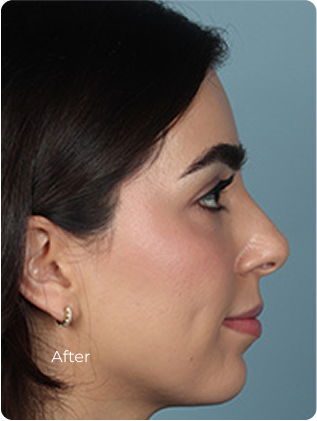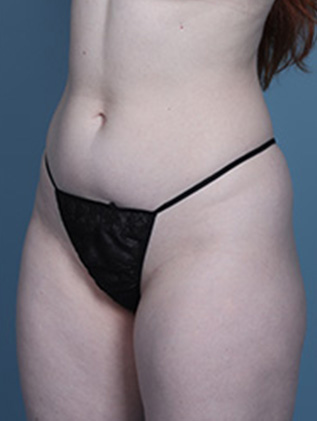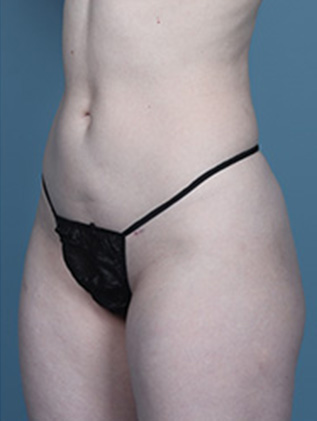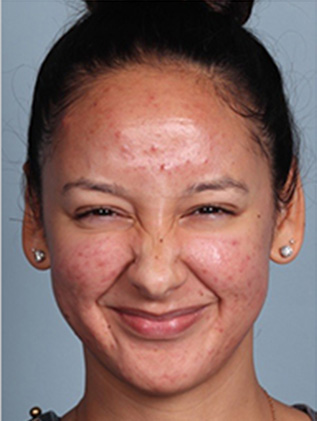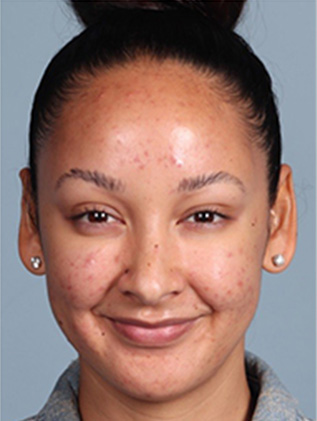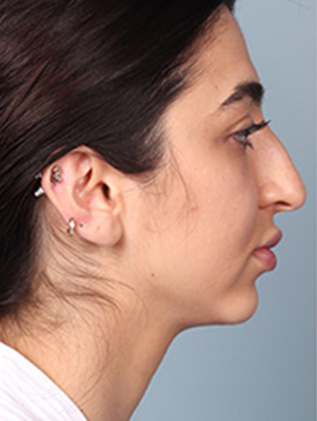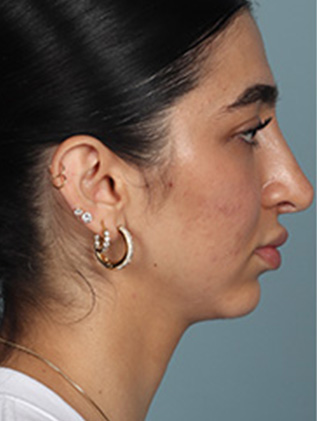Throughout human history, the pursuit of the fountain of youth has been relentless, with none more fervent than the quest for a youthful visage. This enduring desire has driven remarkable advancements in cosmetic procedures, particularly in the evolution of the facelift surgery.
You can guess the answer!
Different manipulations of appearance have existed for centuries. However, when talking about facelifts, we should note that only procedures that involve removing excess skin and tightening the underlying facial tissue can be categorized as facelift surgeries.
Let’s bypass the myriad of other advancements in facial procedures and delve solely into the evolution of facelift surgery, from its inception in 1901 to the contemporary techniques of today.
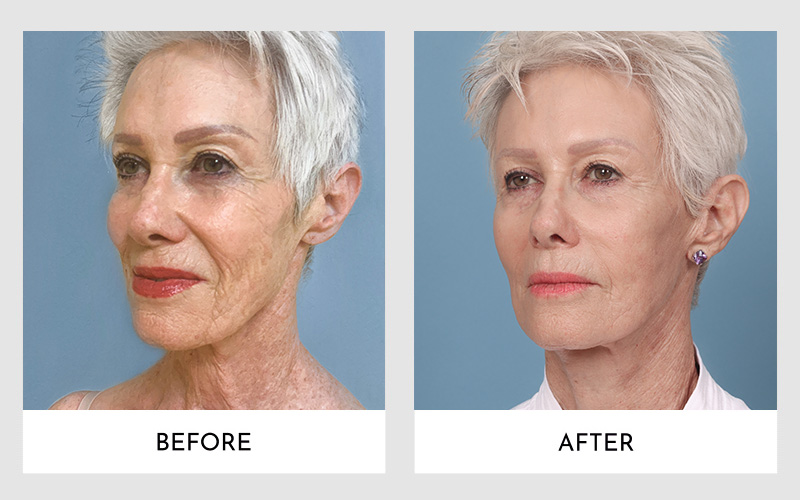
(1700s) The Early Attempts of Facelift Surgeries
In the 1700s, Italian and French surgeons started using a method they called subcutaneous undermining. This involved pulling the skin up and back, removing the excess, and stitching it back into place. However, without proper knowledge of facial anatomy and techniques for tightening underlying tissues, this method often led to unnatural-looking results and complications such as scarring and nerve damage.
Meanwhile, those early attempts were a stepping stone for further developments in facelift surgeries.
(1901) Point A of Facelift Surgeries: The Hollander Technique
Here’s when the actual facelift surgery was born. In 1901, a German surgeon named Eugen Hollander made the first recorded attempt at a proper facelift. He removed excess tissue from around the ear and neck area to tighten and lift the skin of his patient’s face. This method soon became popular among surgeons in Germany, France, and England.
The surgery was conducted in Berlin at the request of a Polish female aristocrat. She wanted to lift the corners of her mouth and cheeks to tighten the skin and look younger.
Hollander wasn’t excited at the idea at first. However, he finally removed a small skin area at the front of the ear and closed the hole. The surgeon removed an elliptical piece of skin from around the ear area as a final touch.
(1920-1930) A Golden Era in the Evolution of the Facelift Surgery
An American plastic surgeon, Dr. Gus G. Wendell, introduced the technique that is the basis of many modern facelift procedures. During the 1920s and 19030s, he made incisions in the hairline, pulled the skin back, and removed the excess skin.
Why did this work better than previous techniques?
The answer lies in the improved understanding of facial anatomy. Surgeons began to realize that tightening the deeper tissues, such as muscles and connective tissue, was crucial for achieving natural-looking results. This method also reduced the risk of complications and scarring.
(1950-1960) The SMAS Facelift Technique
Turning the new page in the evolution of facelift surgery, we move to the 1950s and 19060s. At this period, the “SMAS lift,” or a superficial musculoaponeurotic system lift, was introduced. This technique focuses on lifting and tightening the deeper layers of the face rather than just pulling the skin back.
To perform the procedure, surgeons make incisions in the hairline around the ears and behind the ears to gain direct access to the underlying facial muscles. The results of this natural-looking facelift typically lasted between five and ten years.
It’s worth mentioning that, in addition to pure facelifts, SMAS facelifts reduce excess fat, restore volume to the face, and improve facial contour.
The two great things about this technique are short recovery time and long-lasting results.
The recovery period is usually 10-14 days when discussing the deeper layers of the facelift. The initial redness after this procedure usually resolves within 2-3 weeks.
And the results can last for the whole decade with proper care and intermediate maintenance procedures in between.
The Millennial Deep Plane
By the late 1990s, Dr. Sam Hamra introduced a deep plane facelift technique. This method goes further down to address the deeper tissues of the face, in addition to what was used to be a target of a youthful look—the skin. A deep plane facelift works with a lower layer of tissue for optimal outcomes.
This technique allows for more natural-looking results as it lifts and repositions the muscles and fat pads of the face. The incisions made during this procedure are similar to those used in a traditional facelift but with a deeper dissection.
(Late 1990s) Endoscopic Techniques in the Evolution of the Facelift Surgery
From the late 1990s to the present day, surgeons have been refining the facelift procedure to achieve optimal results with minimal scarring and downtime. One of the most significant advancements in this regard is the use of endoscopes.
Surgeons now use small fiber-optic cameras, known as endoscopes, to see and work on the underlying facial structures without making large incisions. This allows for a more precise and less invasive approach. Meanwhile, the camera allows for a complete visibility of the targeted area.
This technique mainly addresses issues with underlying muscle and excess fat tissue. So, a deep plane facelift is still the preferred method for pronounced signs of aging, such as sagging skin. However, endoscopic methods are a great alternative for those with lesser signs of aging or looking to maintain previous facelift results.
The Modern Era of Facelift Surgeries: Aesthetic MdR’s Guide
The evolution of facelift surgery has reached new heights in the modern era, with various techniques and procedures available to address different concerns. At Aesthetic MdR, a double-certified plastic surgeon, Dr. Luis Macias, performs only the most advanced facelift techniques tested by the world-renowned facial plastic associations.
Here are some of them combined with cost consideration so patients can make the best decision for their needs.
Deep Plane Facelift by Aesthetics MdR
Dr. Luis Macis adjusts the soft tissue under the SMAS muscles to firm the skin, improve jawline definition, smooth the cheeks, and revitalize the neck from the inside out. With this approach, the face is corrected as a single unified system rather than in parts. The doctor doesn’t place strains on the facial muscles; the skin is not pulled tight.
Instead, the doctor repositions the facial tissue below the SMAS layer, which has longer-lasting results. The deep plane facelift method is recommended for those with more advanced signs of aging and skin sagging, as it provides comprehensive rejuvenation to the entire face.
Consult with Dr. Luis Macias for this procedure.
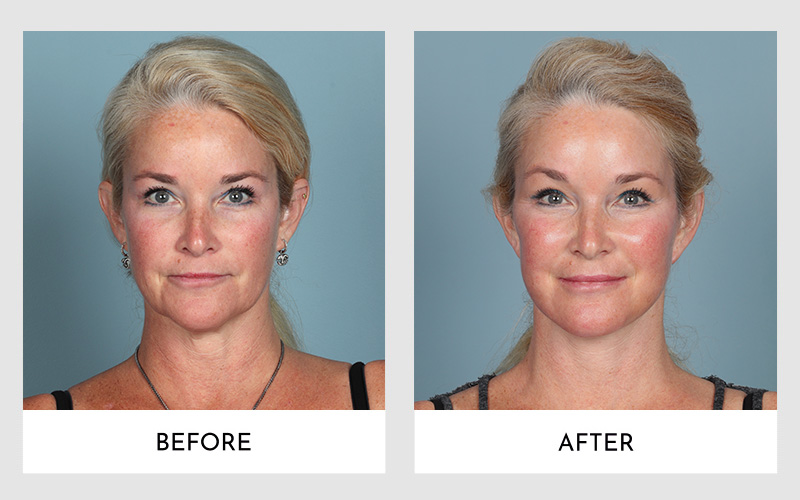
Vertical Lift by Aesthetic MdR
Yes, the evolution of facelift surgery also allows you to benefit from a vertical lift to reposition the lower surface of your face. With the modern approach, the doctor addresses sagging skin on the jawline and under the chin to make the facelift more sculpted and defined.
For the surgery, Dr. Luis Macias extends incisions from behind the ear to the back of the hairline. This technique has the added benefit of minimal scarring after the surgery, which makes the appearance balanced and natural-looking.
With a vertical lift, you can expect the following benefits:
- You’ll look younger and have a refined appearance
- There is minimal scarring after the surgery
- The jawline is defined and sculptured
- There is little to no sagging skin on the lower face and under the chin
- Results appear natural
Consult with Dr. Luis Macias for this procedure.
Mid Facelift by Aesthetic MdR
This procedure is right for those who suffer from volume loss in the mid-face (cheek) region. The doctor will make small incisions at the temples just below the hairline and inside the mouth. Then, he will easily access the soft tissue within and reposition it, reduce signs of skin sagging, and instill the face with definition.
Consult with Dr. Luis Macias for this procedure.
Lower Facelift by Aesthetic MdR
To improve the areas of the face that lie below the corners of the mouth we recommend applying for the lower facelift procedure. Dr. Macias will reduce the appearance of lines, wrinkles, and creases around the mouth.
Besides, this surgery will also remove excess skin from the neck and reduce skin laxity in the jawline and jowls. By the end of the surgery, a younger look is achieved as facial tissue is repositioned and skin is tightened.
Consult with Dr. Luis Macias for this procedure.
Final Words: Cost Consideration with the New Facelift Approaches
Of course, the evolution of facelift surgery impacts not only the areas with which it can help but also the cost. The traditional facelift used to be expensive because of its invasive nature and longer recovery time, requiring general anesthesia and extended hospital stays.
Thanks to new techniques like the mid-facelift and lower facelift at Aesthetic MdR, you don’t have to break the bank for a younger appearance. As these procedures are less invasive and require shorter recovery time, they are more affordable options for many patients.
During a personal consultation with Dr. Macias, he will thoroughly discuss the cost of each procedure and provide you with a detailed breakdown of what to expect.
Contact Dr. Luis Macias for the modern facelift approach that fits your budget.



